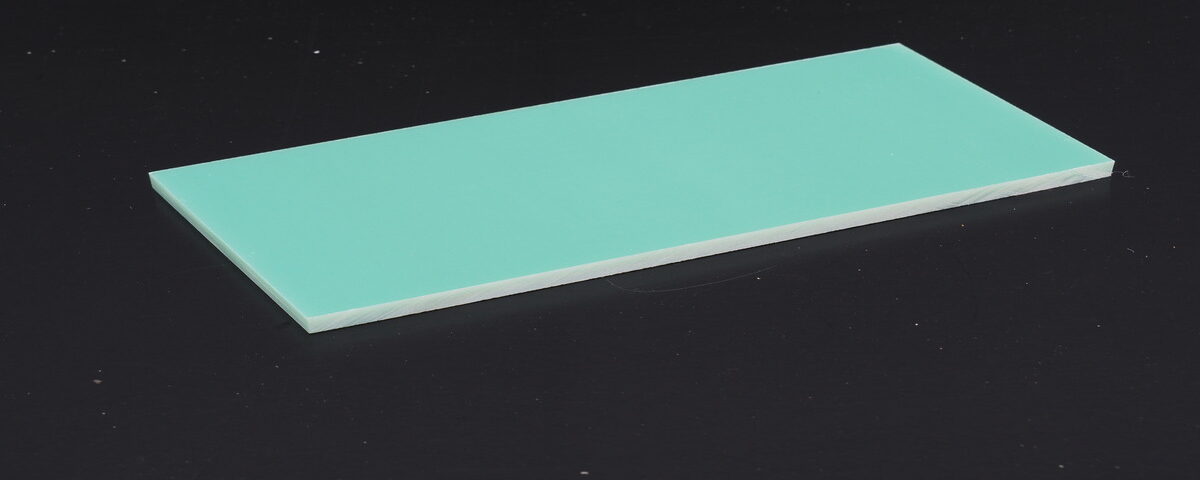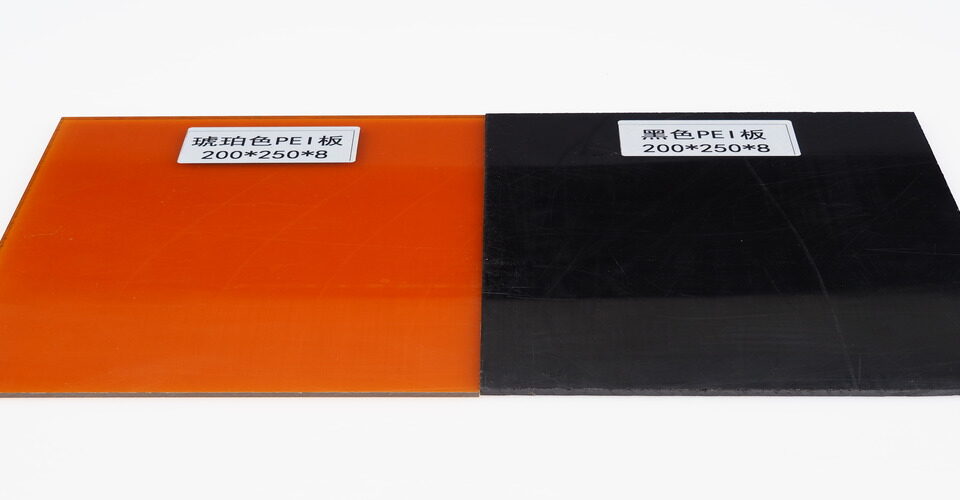
What are Polycarbonates?
December 2, 2024
What is a PU sheet?
December 3, 2024FR4 is a widely used material in the electronics industry, known for its excellent properties and versatility. It is a type of fiberglass-reinforced epoxy laminate, often utilized as a base material for printed circuit boards (PCBs). The “FR” in FR4 stands for “Flame Retardant,” indicating its resistance to fire, while the number “4” refers to its specific grade in a series of materials with flame-retardant properties.
Composition of FR4
FR4 sheets are composed of layers of woven fiberglass fabric impregnated with an epoxy resin. The fiberglass provides strength and durability, while the resin offers flexibility and insulation. This combination makes FR4 sheets ideal for electronic applications where high strength, electrical insulation, and heat resistance are required. The material is available in various thicknesses, depending on the needs of the specific application.

Characteristics of FR4 Sheets
FR4 sheets are known for their strong mechanical properties, high resistance to chemicals, and low moisture absorption. They also exhibit excellent dimensional stability, making them suitable for precision applications. The material is electrical insulative, allowing for the safe and effective design of electronic circuits. Additionally, FR4 sheets have good thermal resistance, which helps prevent overheating in electronic devices.
Applications of FR4 Sheets
FR4 sheets are primarily used in the manufacturing of PCBs for electronics, but they also find applications in other industries. These include electrical insulation, structural components in machinery, and in the construction of durable, lightweight parts for various products.
Conclusion
Overall, FR4 sheets offer a combination of durability, fire resistance, and excellent insulating properties, making them a critical component in modern electronics and various other industrial applications.






